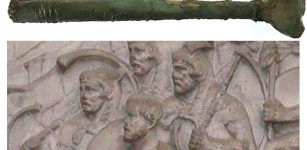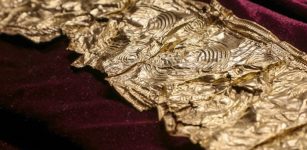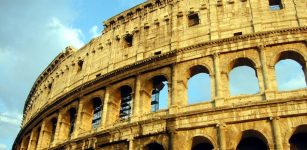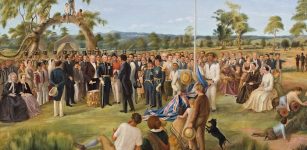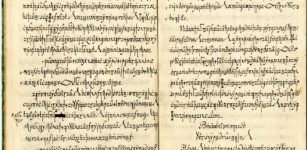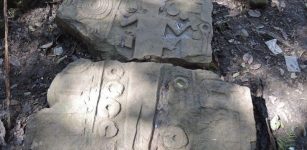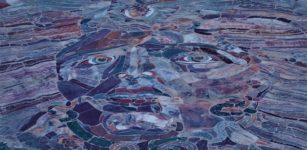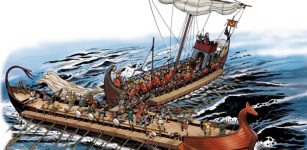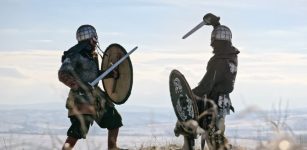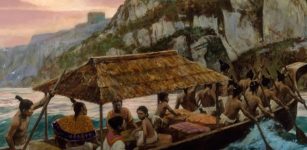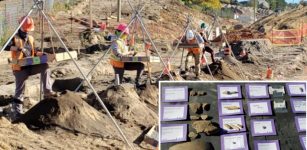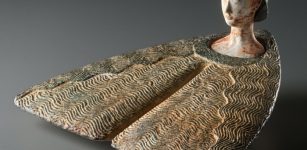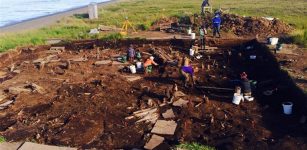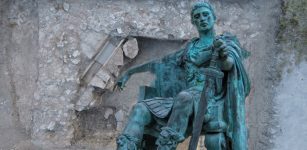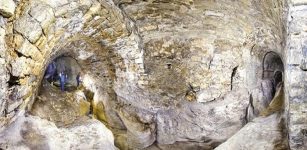Hidden Text Of Medical Book By Doctor Galen Read For The First Time In 1000 Years
AncientPages.com - A 6th century hidden medical text from a book by the Greek-Roman doctor Galen, has been found with the help of X-ray technology.
The words had been scraped off the parchment manuscript and written over with hymns in the 11th century. To find this hidden text, an international team of researchers used X-ray imaging at at the Stanford Synchrotron Radiation Lightsource (SSRL)
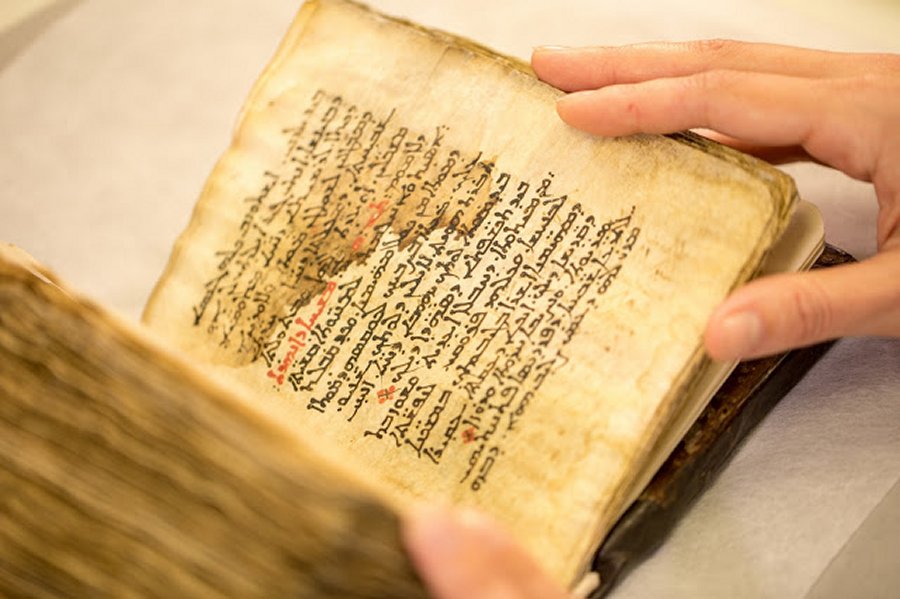
Conservators at Stanford University Libraries removed the pages from the leather-bound cover of the book of hymns, and mounted each leaf in an individually fitted, archival mat. The individual mats were placed in an aluminum frame to secure the pages while examining the underlying text with X-rays at the Stanford Synchrotron Radiation Lightsource. (Farrin Abbott / SLAC National Accelerator Laboratory)
Galen of Pergamon was the doctor of emperors and gladiators. He was an influential physician and a philosopher of early Western medicine. One of his many works, “On the Mixtures and Powers of Simple Drugs,” was an important pharmaceutical text that would help educate fellow Greek-Roman doctors.
The text was translated during the 6th century into Syriac, a language that served as a bridge between Greek and Arabic and helped spread Galen’s ideas into the ancient Islamic world. But despite the physician’s fame, the most complete surviving version of the translated manuscript was erased and written over with hymns in the 11th century – a common practice at the time.
These written-over documents are known as palimpsests.
Stanford researchers have meticulously worked with the document. The early results reveal more of the original words in the underlying text, which runs perpendicular to the direction of the overlying text, enabling scholars to see more information from Galen.
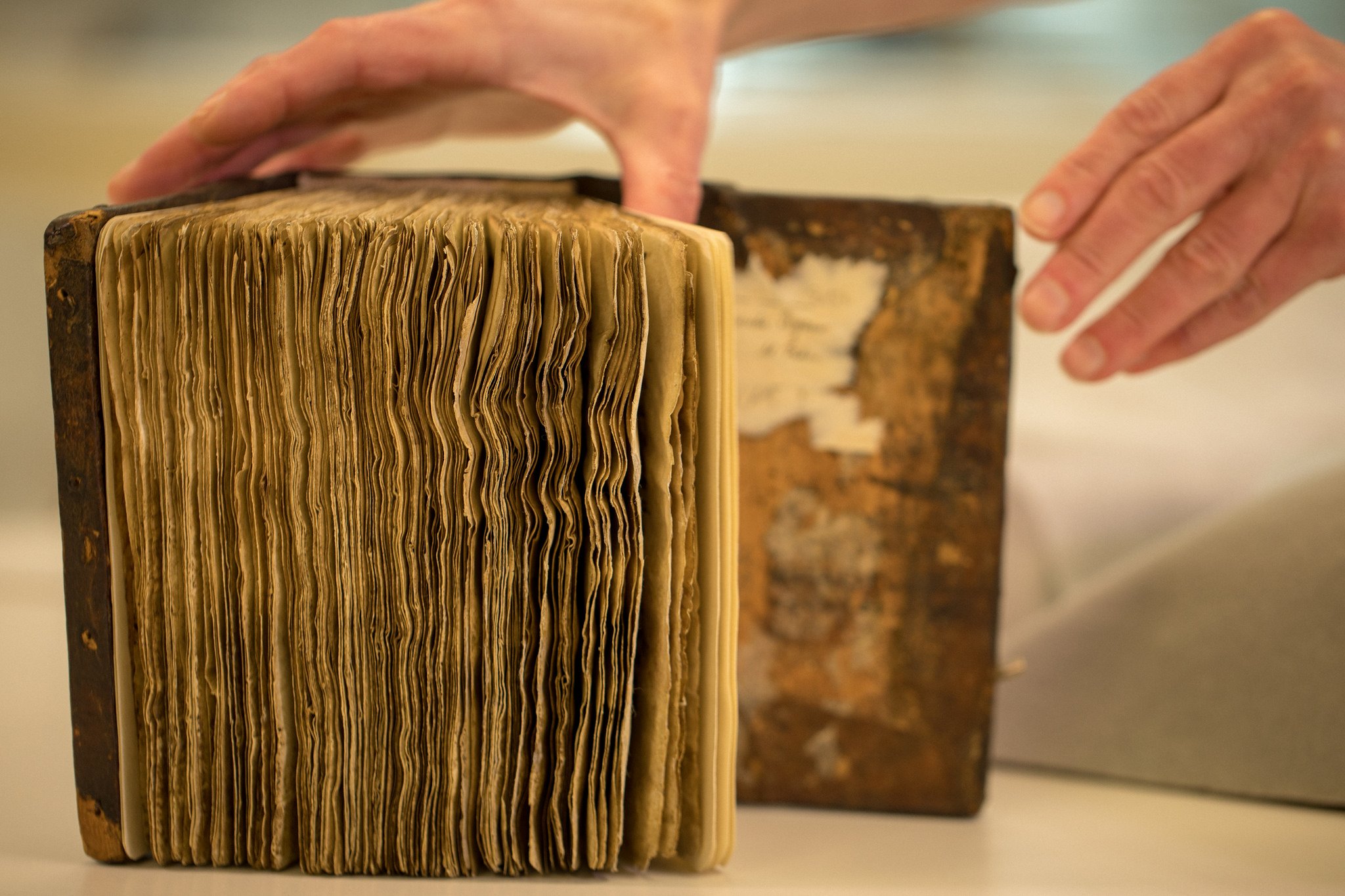
6th century translation of a book by the Greek-Roman doctor Galen. Image credit: (Farrin Abbott / SLAC National Accelerator Laboratory
For nearly a decade, researchers have tried to uncover and study Galen’s original text with advanced imaging and digital processing techniques.
“If you want to understand medicine in the Middle East, you have to look at the translation and transmission of knowledge,” says Peter E. Pormann, professor of classics and Graeco-Arabic studies at the University of Manchester. “This is a huge chunk of history, and we hope this text will help us understand how they managed and treated disease historically in that part of the world.”
“Our plan is to digitally reunite the book,” says Michael Toth, president of R.B. Toth Associates, a private company specializing in cultural heritage research that has led the study of this palimpsest since 2009. “This will provide public access to scholarship that’s been hidden for centuries.”
Earlier studies had revealed traces of the text beneath the hymns, but it was difficult to read the original translation of Galen – both texts were written in similar ink and the underlying text had been well-scrubbed.
For the Galen document, a scan takes about 10 hours for each of the 26 pages. The experiment has collected vast amounts of nuanced data from the X-ray scans, and the researchers are now applying data processing tools, including machine learning, to pull out the information they seek.
“As a conservator, this is an interesting opportunity to work with an entirely different array of analytical tools that we do not typically have access to in the day-to-day work of conservation,” St. John says. “It helps us learn what’s possible in our field, as we better understand the materials we work with.”
AncientPages.com


